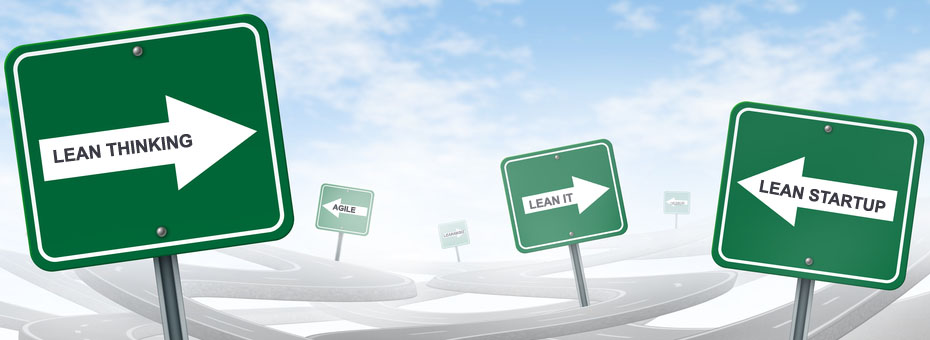Lean is everywhere these days, I’m not sure what it means anymore.
“Every learning community I know is struggling with the same thing: breadth and depth. The more breadth you have, the more attention to depth you must have as well, otherwise the integrity of the work can get lost and things get shaky.”
A fellow attendee at a recent systems thinking conference I attended shared this idea with the larger group, and most everyone in the room quickly nodded. It resonated with me immediately, too. As our world becomes increasingly interdependent, as more information (and new information delivery systems) connect us more frequently (deeply? differently?) to each other, ideas travel more quickly. New thinking and learning have the potential to travel more quickly, too, but we know lean learning isn’t just about information, either in the form of principles or tools… Lean learning requires a depth of understanding developed through ongoing practice, ideally with a lean coach.
So we’ve got ourselves a bit of a conundrum, right? We want to spread Lean throughout the world, we know organizations and cultures are going to apply lean thinking and practice in new and different ways, and we want to maintain the integrity of Lean in the process.
I get excited to see Lean show up in new communities and watch as lean learning (and questions) spread across different fields. At LEI, indeed we say our mission is to make things better through lean thinking and practice. I think the world needs lean thinking because as hard as it is to practice, and as many misconceptions as there are out there about Lean, I’ve heard too many stories about it doing a tremendous amount of good to not want to help share it. For example, DonorsChoose.org and The Food Bank for New York City, and GE Appliances.
First, there was the Lean Production System, The Machine That Changed the World, and Jim Womack and Dan Jones’ book, Lean Thinking. Today, 25 years later, there’s Eric Ries’s The Lean Startup, the wildly popular Lean Startup movement and conference, The Lean Startup Machine, The Lean Startup Circle, Lean Six Sigma, Lean IT, the lean/agile community, the Lean UX (user design) community, Lean Impact, LEI’s own Lean Global Network, Lean4NGOs, the list goes on and on.
Some of these communities draw from “traditional” lean thinking and practice, with more of a focus on lean fundamentals (a lean management system, A3 thinking throughout the entire organization, and capability development), and in-depth, holistic knowledge of lean principles and tools. And some of these communities (pretty much anything connected to the Lean Startup movement) focus more on just a few key ideas, for example the rapid testing of products and services to make sure businesses are meeting a real customer need, minimizing uncertainty, and minimizing wasted energy, time, resources, money, etc.
And then there are all the places we’ve seen Lean move into new and different fields over the years, some more easily than others, like healthcare, government, and accounting.
But what does it take to actually spread lean thinking into new and different communities and cultures? What is our purpose for doing so? What gets lost in the process? What is most important to maintain in the process?
If we’re serious about using Lean to solve business, organizational, and societal problems—how do we let it get picked up in new and different ways, which it inevitably will, and still maintain its integrity?
As we struggle to learn together as a global lean community, what’s more important, lean “orthodoxy” (pure TPS) or lean integrity (true to the fundamentals, but adapted for specific purposes and situational)? What do you think?





